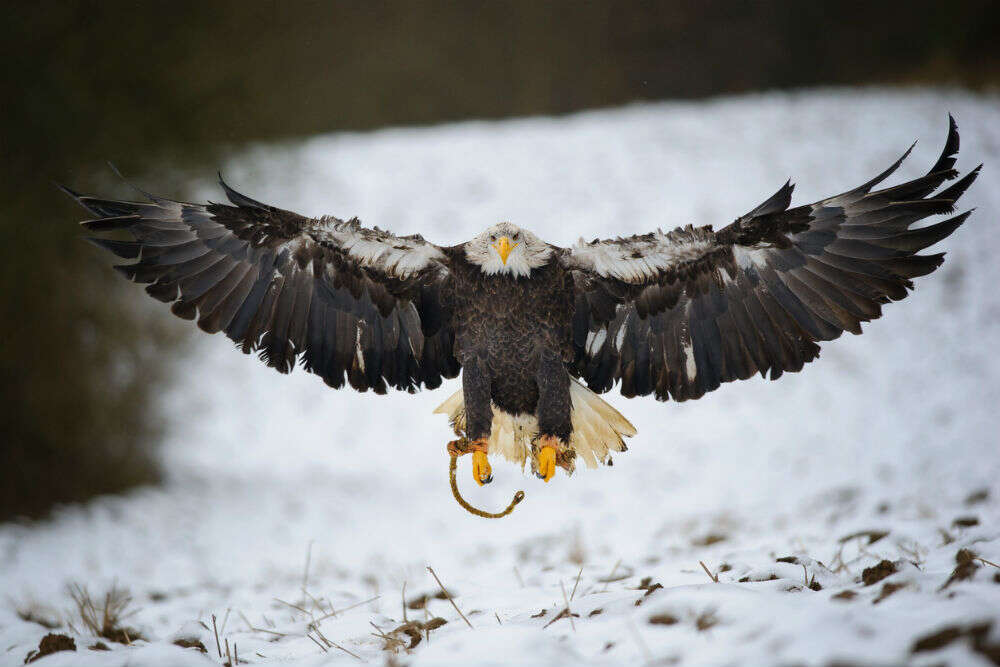Britain’s largest bird of prey, white-tailed eagle, returns home after 240 years!, England

The United Kingdom’s largest bird of prey, the white-tailed eagles or fish eagles, have come back to their home and were spotted soaring high in the English skies for the first time in 240 years! The White-tailed eagles were considered extinct till now but their return has made conservationists quite happy. During the 18th century, these birds used to be a common sight in England. But sadly, these were killed illegally over a span of time.
The tale of extinction

These gorgeous prey birds, with huge 2.5 m wings, were last spotted in England in the year 1780 at Culver Cliff on the Isle of Wight. However, by 1918, they disappeared when the last of the lot was shot dead somewhere on the Scottish Shetland Islands.
According to the Royal Society for the Protection of Birds (RSPB), the population of sea eagles too in Europe saw an ugly phase of persecution that led to the decline and further extinction of these birds in many countries.
Tale of their return

It was because of the efforts of the Forestry England and the Roy Dennis Wildlife Foundation that this once lost species is making a comeback after more than two centuries. People from the foundation collected these birds from the wild in Scotland and were brought to the island.
The founder of foundation Roy Dennis said, “I have spent much of my life working on the reintroduction of these amazing birds and so watching them take to the skies of the Isle of Wight has been a truly special moment.”
All the birds were fitted with GPS trackers and the team kept tracking four young birds. The team was absolutely fascinated with their behaviour. Then, last summer, six young white-tailed eagles were brought and released on the Isle of Wight under a five-year project to restore the species to southern England.
Among these, a pair of eagles, male and female, flew as far as to the North York Moors National Park and lived there for days. Another male bird, completed a trip of southeast England for three days on the Isle of Wight.
White-tailed eagles do not breed until they are four to five years old. So, the foundation is expecting a breeding pair to survive that long in England so more of these extinct birds can be reborn.
These prey birds are quite interesting and have a different way of hunting. These are known as sit-and-wait birds, which prefer to wait and watch their prey instead of flying miles for food.

